Designing Homes To Resist Wildfires
Introduction
With the recent devastation Los Angeles has faced with wildfires, designing homes that withstand fire risks is no longer optional—it's essential. This blog series explores how thoughtful design, fire-resistant materials, smart landscaping, and building better than local codes can protect homes without compromising beauty or functionality. This blog is the first of several forthcoming covering permitting, insurance, building materials, and more.
Rebuilding will take time, and for those who lost their homes, we will do everything we can to be of service, including offering our Design Starter Services free of charge.
What Causes Wildfire to Spread?
To design a home and property that is fire-resistant, it’s crucial to first understand how wildfires spread. Wildfires move quickly and can ignite structures in three primary ways:
Flying Embers:
Wind-driven embers, also known as "firebrands," can travel miles ahead of the main wildfire, igniting structures and vegetation in their path. Embers are responsible for up to 90% of home ignitions during wildfires. They pose the greatest threat when they penetrate a home’s interior through vulnerable openings like vents, windows, or gaps in roofing.Direct Flame Contact:
A wildfire’s advancing front can overtake a home, igniting materials on direct contact. This is particularly dangerous for homes located in dense vegetation or without defensible space, where flames can directly reach the structure.Radiant Heat:
The intense heat radiated by a nearby fire can ignite exterior materials on a home, even without direct flame contact. It can also cause windows to fail, allowing the fire to access interior spaces, which are often filled with highly flammable materials.
“Embers are responsible for up to 90% of home ignitions during wildfires.”
3-Layer Defense Against Fire
Fire defense isn’t just about fortifying your home; it involves a strategic approach to the areas surrounding your property. One of the most effective strategies we employ is designing a layered defense system that protects your property from wildfire spread. This system focuses on three critical areas: the home itself, the immediate perimeter around the house, and the larger property. By addressing risks at each of these levels, we can help reduce the chances of fire spreading to your home.
Layer 1: The Home
The house itself is the final barrier against wildfire and it should be designed with fire-resistant materials and features to protect it from embers, direct flames, and radiant heat. Some of the strategies we employ are:
Fire-Resistant Materials: We specify “Class A fire-rated” materials for exterior walls, such as concrete, cementitious panels, or Glass Fiber Reinforced Concrete (GFRC). These materials don’t burn and are highly durable.
Roofing: Since embers landing on roofs are a common ignition source, we prioritize non-combustible roofing options such as steel, slate, or tile. Roofs should also be unvented (or closed) to eliminate ember entry points.
Windows and Doors: Multi-pane windows are commonplace today, many older homes do not have these. If your house a remodel, consider replacing old single-pane windows with dual-glazed ones with tempered glass. This will also increase the energy efficiency of your home.
Deck Design: We can design decks using non-combustible materials and/or design them with a closed underside to block embers. Metal mesh can also be used to prevent ember intrusion.
Fire Sprinklers and Insulation: For an extra layer of safety, we incorporate fire sprinklers and specify mineral wool insulation, which resists fire better than traditional materials.
“Roofs should also be unvented (or closed) to eliminate ember entry points.”
Layer 2: 10’ Perimeter
What surrounds your home is just as important as the structure itself. A minimum 10-foot perimeter around the house should be free of anything flammable. We focus on:
Landscaping Choices: We’ll avoid combustible elements near the home, such as wood mulch, flammable plants, and shrubs that can act as kindling. Instead, we recommend using fire-resistant plants like succulents or gravel-based ground covers.
Hardscaping Features: To create firebreaks, we design gravel paths, stone patios, or concrete driveways adjacent to the home. These non-combustible materials act as barriers, slowing the spread of fire.
Items Near the Home: Flammable items such as trash cans, patio furniture, or propane tanks are located away from the structure to minimize risks.
“We create firebreaks, with gravel paths, stone patios, or concrete driveways adjacent to the home”
Layer 3: Larger Property
The property beyond the immediate 10-foot perimeter also plays a significant role in fire defense. Here’s how we address it:
Vegetation Management: This is not the most attractive part of fire resiliency, but it is an important one. Dry and dead vegetation should be cleared on a regular basis.
Smart Plant Selection: Fire-resistant plants like lavender, succulents, and other low-combustible vegetation, which can slow fire progression, should be specified
Irrigation Systems: Automatic irrigation systems that activate during fires.
Water Features: Adding water features like pools, ponds, or fountains not only enhances aesthetics but also serves as an emergency resource during a fire. With the right equipment, such as fire pumps and hoses, these features can be used to suppress flames if needed.
Conclusion
With fire resilience, preparation is key—and by designing homes and landscapes with a layered defense system, we can significantly reduce wildfire risks while creating a space that feels both safe and stunning. This is just the beginning of the conversation about fire-resistant design. In the coming weeks, we’ll explore additional strategies, materials, and case studies to help you better understand how to protect your home from wildfires.
If you’re ready to take the next step or have questions about how to apply these principles to your own home, please don’t hesitate to reach out to us. We’d love to guide you through the process of designing a home that’s as beautiful as it is resilient.
